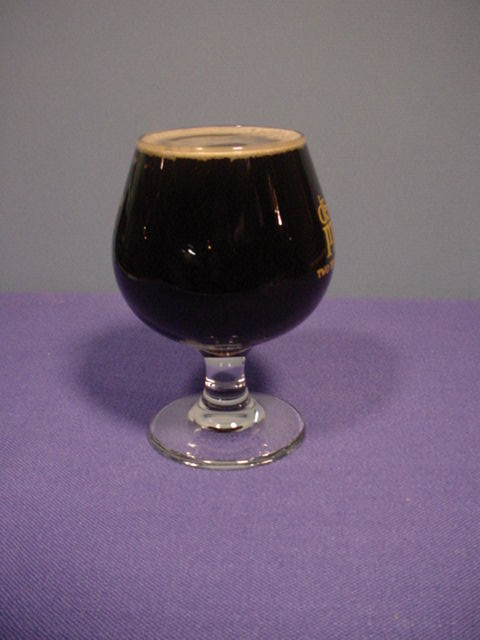eternalfrost
Member
- Joined
- Mar 21, 2008
- Messages
- 9
- Reaction score
- 0
i just finished kegging my first beer the other day. just took the first few glasses and it is very "thick" looking. its not just the dark color. it lacks that sparkly glassy characteristic.
looks more like chocolate milk then coke.
i have good experience mashing corn but this is my first beer.
the recipe was:
9 lb 2 row
2oz 60L
2oz black patent
2oz chocolate
i did not rack to a secondary but it was left in the primary about a week after fermentation stopped in a cool basement. was a plastic ale pail so dont know how much settling went on. left the last 2 inches in the fermenter.
tastes pretty good (but that could just be father's prejudice) dont see any obvious floaters in there. is this just how real dark beer looks like? or is there something i need to be doing?
something to do with the "breaks" and proteins??


not quite that extreme but you get the idea...
looks more like chocolate milk then coke.
i have good experience mashing corn but this is my first beer.
the recipe was:
9 lb 2 row
2oz 60L
2oz black patent
2oz chocolate
i did not rack to a secondary but it was left in the primary about a week after fermentation stopped in a cool basement. was a plastic ale pail so dont know how much settling went on. left the last 2 inches in the fermenter.
tastes pretty good (but that could just be father's prejudice) dont see any obvious floaters in there. is this just how real dark beer looks like? or is there something i need to be doing?
something to do with the "breaks" and proteins??


not quite that extreme but you get the idea...



